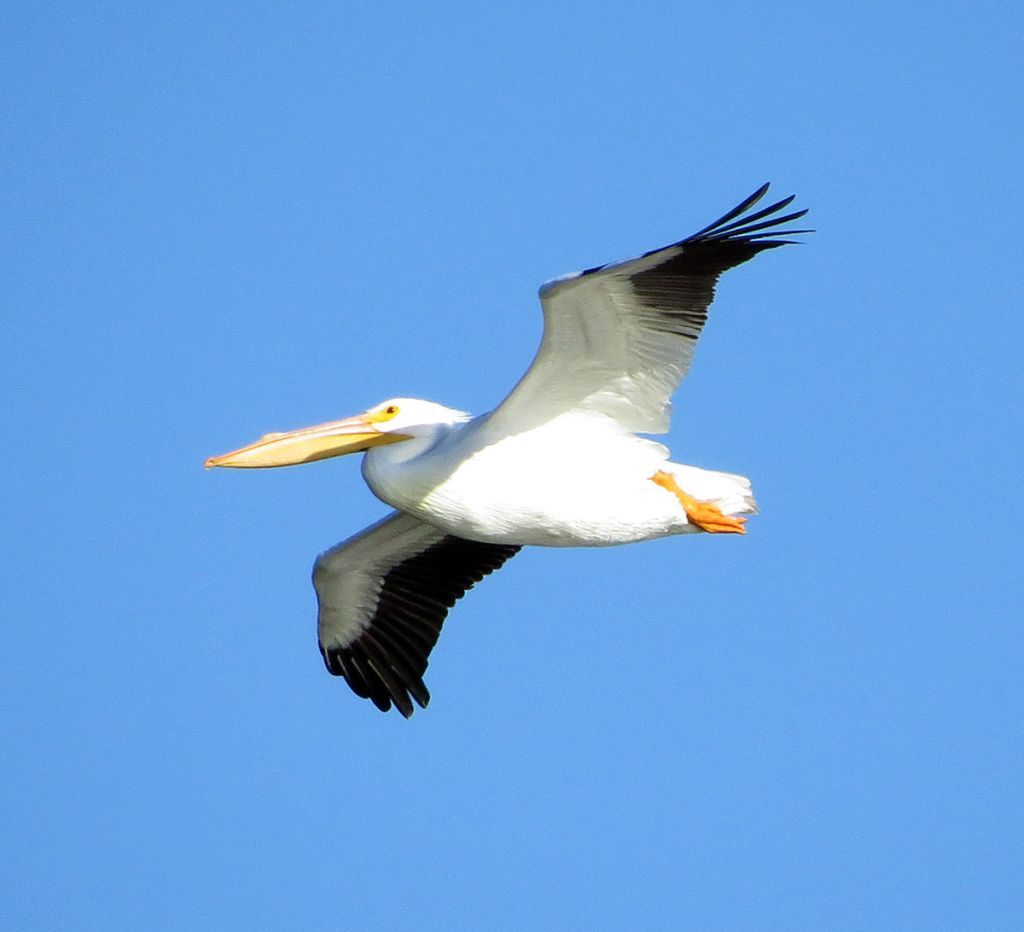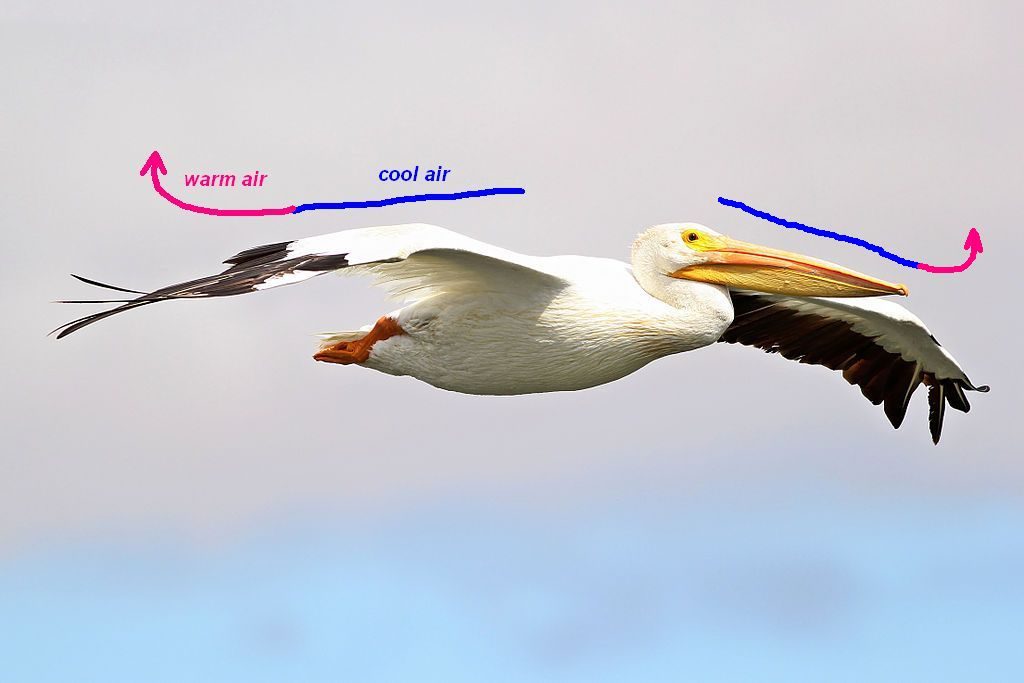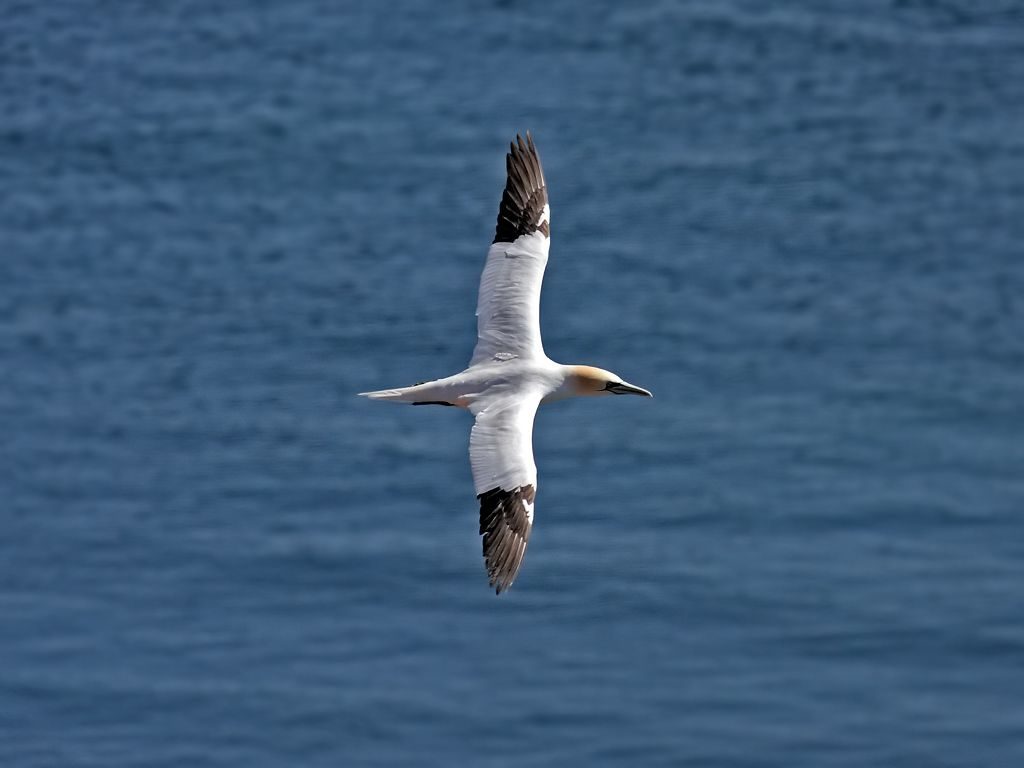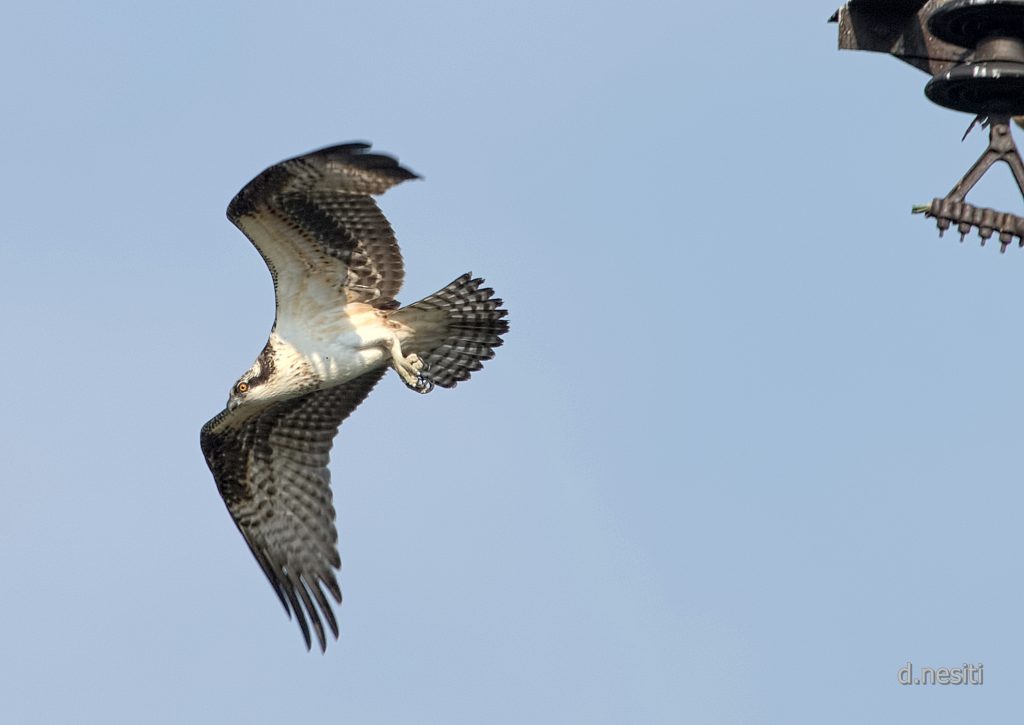
Why do so many soaring birds and seabirds have white wings with black tips? For starters, black plumes are more durable than white ones, providing an advantage at the tips. New research this summer shows another possibility.
A study at the University of Ghent determined that the black-and-white color combination generates extra lift because of the temperature difference between the colors.
Using taxidermied wings, a heat lamp and a wind tunnel, the researchers measured airflow over the wings in a variety of wind conditions. They found that:
… dark feathers grew hotter than lighter colored feathers and they also gained heat faster than lighter colors. The researchers found temperature differences as great as nine degrees between black and white feathers on the same wings—enough to create a convection current in the air just over the wing, moving from the bird’s body outward along the wing.
— from Study suggests dark-colored wing feathers may help birds fly more efficiently, phys.org
The study described a convection current that works like this.

American white pelicans and northern gannets both benefit from this additional lift.

So does the osprey because he’s black and white beneath his wings.

How ingenious!
Black wingtips help them soar.
(pelican and gannet photos from Wikimedia Commons; osprey photo by Dana Nesiti)
So interesting Kate. Thank you!
Fascinating.